Major Dispute Over Massive Mining Site Due to Aboriginal Heritage Laws
A company prepared to break ground and extract critical minerals for the country, setting the stage for gold mining to play a significant role in Australia. Unfortunately, a federal protection order halted these plans and rendered the project unviable.
Now, the future of the McPhillamys Gold Project in central west NSW is in doubt due to the proposed mining location.
Pumping the Brakes on the Mining Operation
ASX-listed Regis Resources announced that Environment Minister Tanya Plibersek’s decision to protect Indigenous heritage at the McPhillamys Gold Project would halt the mine because it would be built on Aboriginal land.
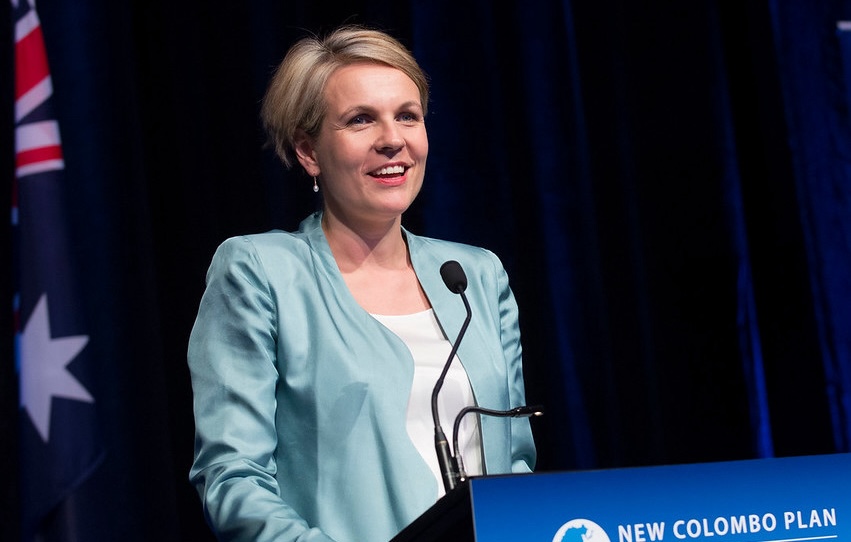
Source: Department of Foreign Affairs and Trade/Wikimedia Commons
The NSW Independent Planning Commission approved the company’s mining application last year despite opposition from some members of the local Aboriginal community.
Surprised and Disappointed
Regis Chief Executive Jim Beyer stated that the company was “extremely surprised and disappointed” by Plibersek’s decision to block the development after nearly four years of assessment, according to the Daily Mail.
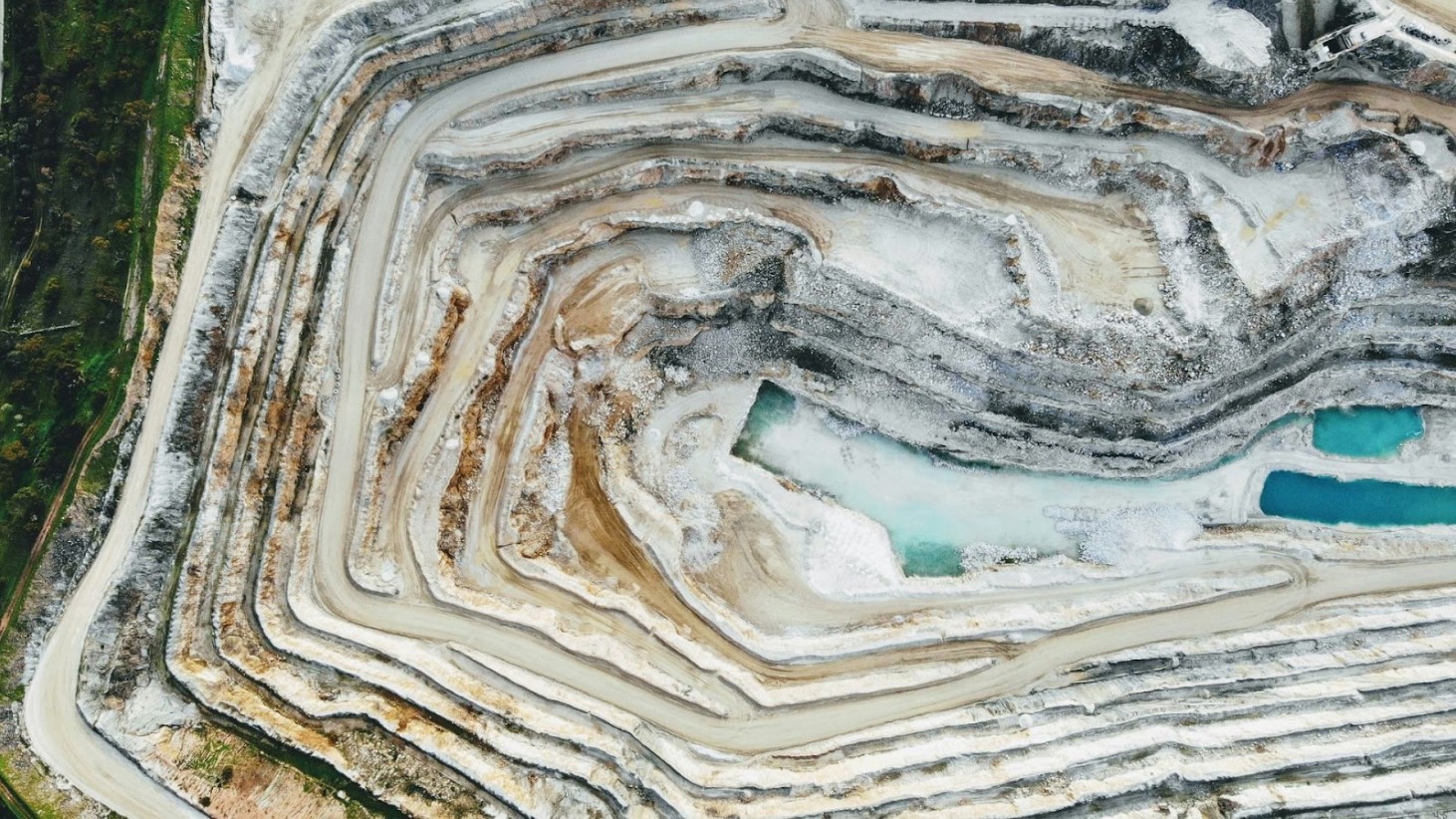
Source: Dion Beetson/Unsplash
“[This] declaration shatters any confidence that development proponents Australia-wide (both private and public) can have in project approval timelines and outcomes,” he said in a statement.
Mining on Indigenous Land
Plibersek’s decision to block the development followed the discovery that the project would harm protected areas with Indigenous heritage, such as the Belubula River. This specific section of the river is within the area planned for a proposed storage facility that would hold discarded or leftover materials.

Source: Wikimedia
“This decision impacts a critical area of the project development site and means the project is not viable,” the assessment stated.
Halting the Mining Operation
The project, which proposed an 11-year open-cut mining operation in the Blayney-Kings Plains district near Bathurst, was expected to create almost 1,000 jobs in the region. The Association of Mining and Exploration Companies, an industry lobby group, said the government order “lacks reason and common sense.”
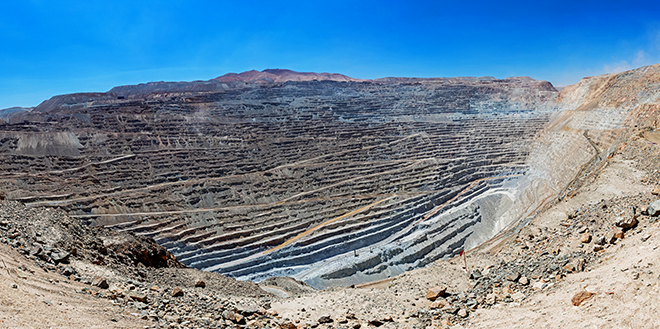
Source: Diego Delso
“[It] sets a truly terrible precedent for investment risk in Australia,” Association Chief Executive Warren Pearce said in a statement.
Leaning on Obscure Clauses
Plibersek’s reliance on an obscure clause in the Aboriginal and Torres Strait Islander Heritage Protection Act, which permits the lodging of confidential and culturally sensitive information that does not have to be publicly revealed, has raised concerns within the mining industry.
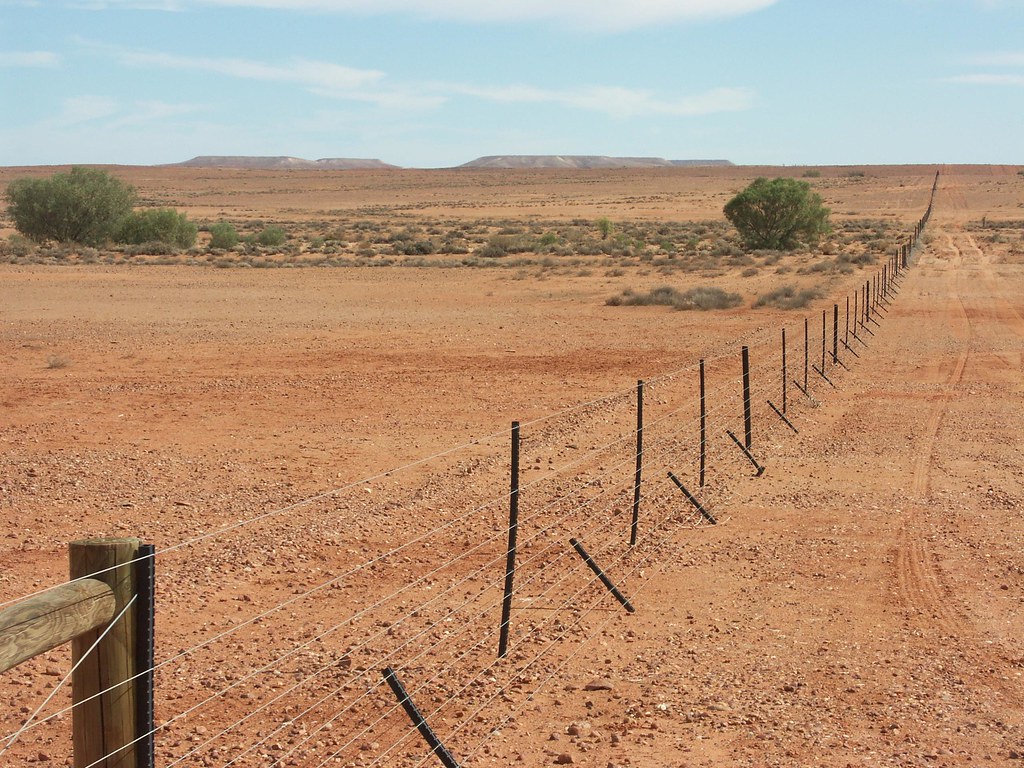
Source: Darryl Kirby
According to Forbes, her decision relied on “some of the traditions of the Aboriginal protests [that] had been ‘disclosed to me privately and must remain confidential due to their cultural sensitivity.’”
“Standing in the Way”
Without knowing the exact reasoning behind her decision, Plibersek has stopped a $1 billion investment in the mine. Aboriginal groups in favor of the project have accused her of “standing in the way of Indigenous economic empowerment.”
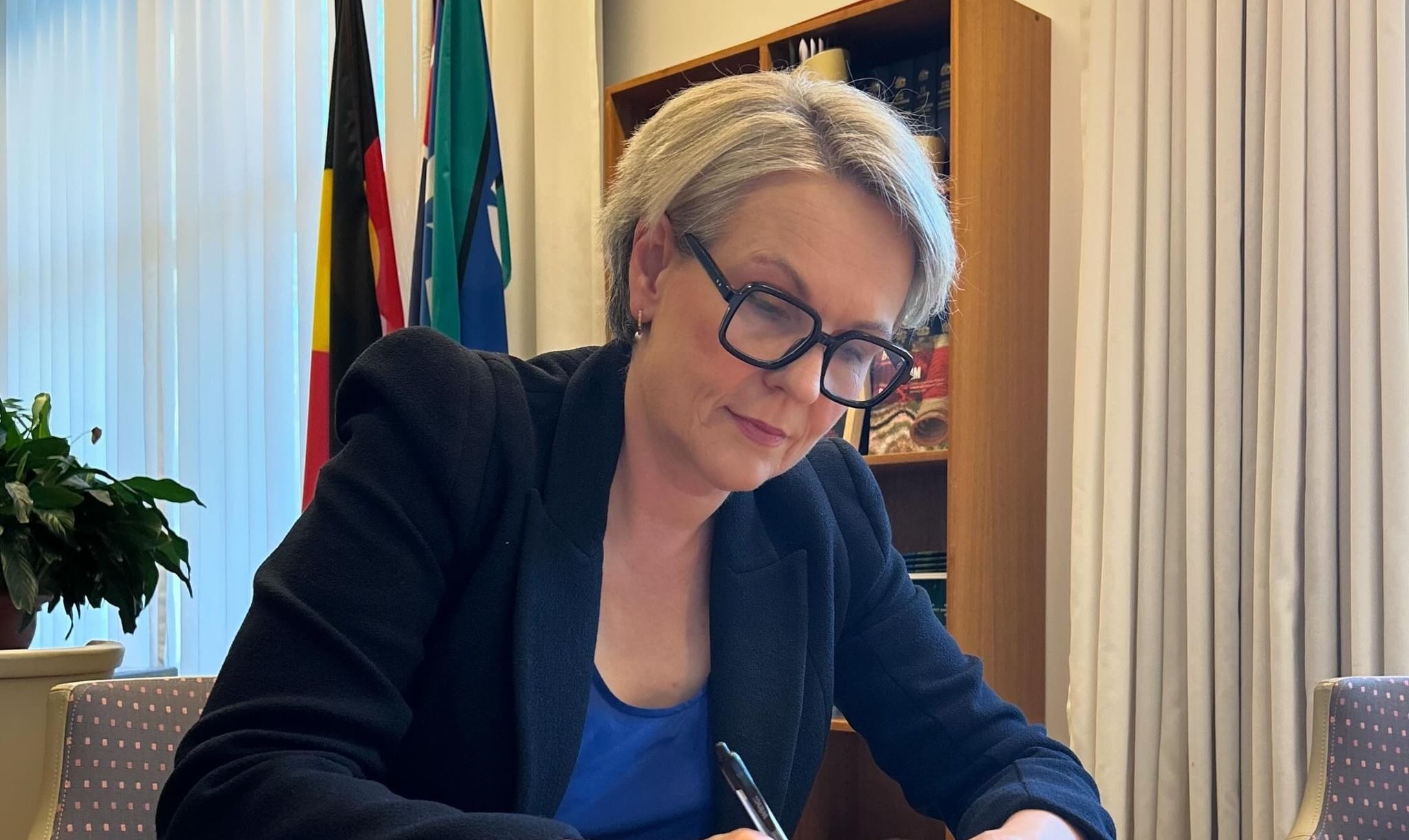
Source: Tayna Plibersek/Facebook
Plibersek has also been accused of failing to listen to the Aboriginal authority, which speaks for the land on which the mine was to be developed.
Another Issue in “Green Lawfare”
This issue follows a series of clashes over resource projects in the country, including an attempt to ban work on two large offshore gas fields.

Source: Wikimedia
These battles to shut down resource projects have sparked concern that Australia is heading into a sovereign risk crisis, which some have dubbed “green lawfare.”
The Problem With Private Briefings
Concerns arise that private briefings could provide evidence showing the land companies want to develop is protected under the act, effectively killing any ongoing project.

Source: Cookie_Studio, Freepik
The problem arises because the information presented (which could be real or false) remains secret. Only those in the room know what is discussed. After this, the minister can only offer suggestions to companies that already have approvals to build on the land.
Suggestions Came Too Late
Regis’s Chief Executive said that Plibersek’s suggestion to build the tailings dam further away from the headwaters of Belubula River was not feasible because the approval process for a new site could take up to five years.

Source: K/Unsplash
Forbes also notes that the land chosen for the dam is on private property, which is not governed by land rights laws that cover government-owned land.
No One Benefits
Mining industry lobby group AMEC notes that no one benefits from blocking the mine, and some Aboriginal people support their statements.
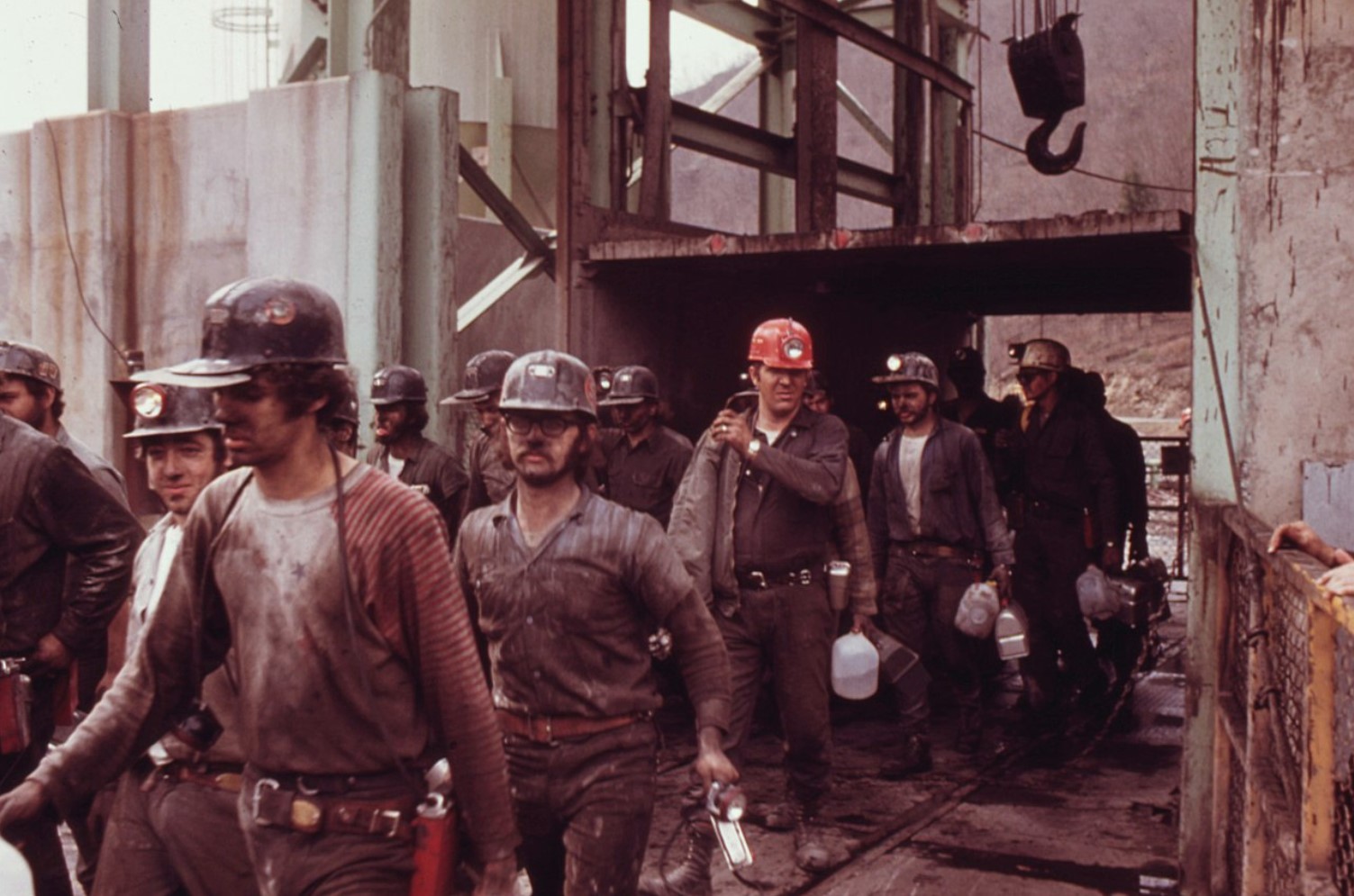
Source: Wikimedia
“Much worse than that, it sends a clear signal to international investors that any project, and any investment in Australia, can now be derailed by the objection of a small number of people,” Pearce said.
More Problems to Come
Plibersek’s refusal to approve the development of the McPhillamys gold mine could become one of the biggest environmental disputes in the country since the land rights campaigns of the 1980s, which stalled multiple developments for decades.

Source: Wikimedia
Section 10 of the Aboriginal Heritage Protection Act and the secret briefings given to the minister about cultural issues affecting potential development locations lie at the center of this debate.
